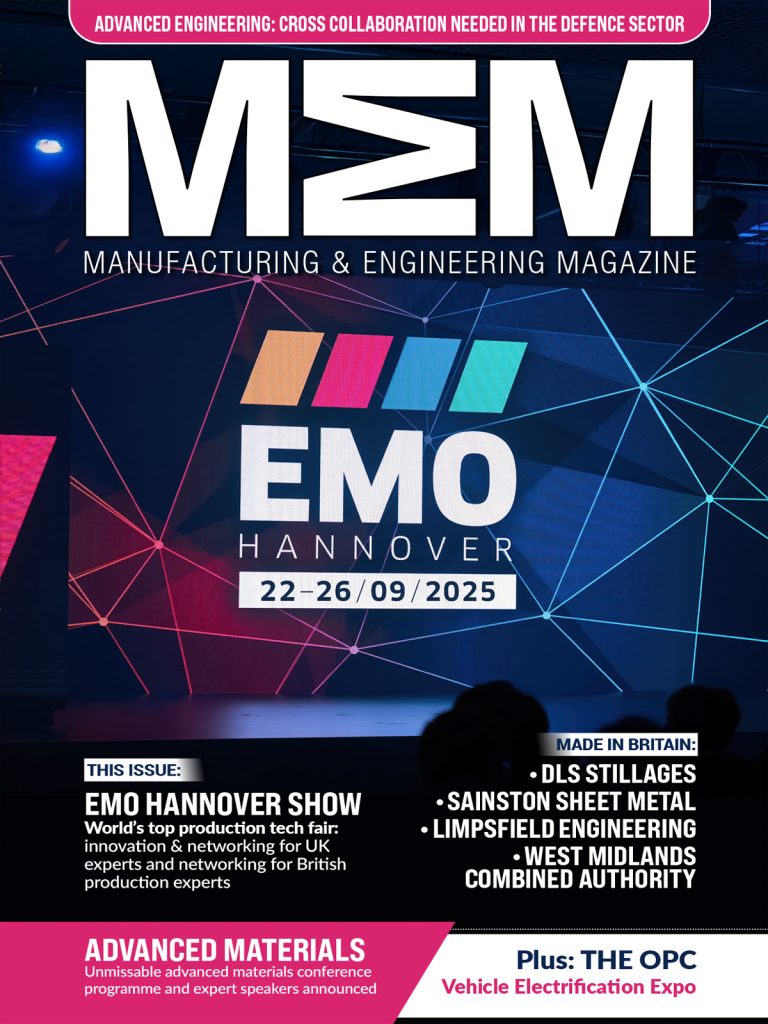Flex Your Assets: How Your Organisation Can Get Ahead with Decarbonisation : Using electric equipment strategically, known as flexing, can cut costs and even generate revenue – particularly when energy prices spike.
Flexibility also delivers environmental benefits. Changing your operational demand can help decarbonise the UK energy system, and it can help with your environmental, social, and governance (ESG) credentials.
What is electric flexibility?
The UK’s grid needs to be balanced between supply and demand. Imbalance leads to reliance on fossil fuels to plug the gap when energy demand is high. However, if energy use is adapted to avoid peak times – “flexed” – we can use more renewable power sources.
Businesses can help the grid with this balancing act by flexing their electric assets
What are flexible assets?
Electric equipment is flexible when it’s able to ‘respond to market signals’. At times when prices are low, asset use can increase. When prices rise, they can turn down.
Flexible electric assets can include:
- Heating
- Lighting
- Batteries/electric storage
- Electric machinery and equipment
- Business processes
These assets allow organisations to avoid unnecessary or inefficient power usage. This means lower bills but also less demand on the grid at peak times.
Flexible generation
Flexible electric assets can also include renewable electricity generators.
Organisations with wind turbines, solar panels, or other technologies can reduce grid demand by using their own power at peak times. They can also export surplus renewable power when demand is high.
How can your business take advantage of flexibility?
Many industries have flexible electric assets without realising the potential. The starting point is to analyse your electric machinery, equipment and operations. Then, you can find ways to optimise your energy use.
It may be that control systems on your assets are installed so they can be managed in a way that works best for both your business and the grid. An asset’s controls might be automated or they might require phone call or email sign off.
The result is smarter planning which lowers electricity usage, taking pressure off the grid and reducing the need for fossil fuels.
Net zero ambition
Flexibility is crucial to helping the UK meet its commitment to net zero emissions by 2050.
The Carbon Trust estimates that enhancing the flexibility of the energy system could reduce the cost of transitioning to net zero by up to £16.7bn a year.
By optimising electric asset flexibility, businesses can contribute to a net zero future.
How Drax can help with your net zero ambition
The route to energy flexibility differs by organisation. Drax’s Electric Assets team has the knowledge and expertise to help you find the right option.
Building flexible operations can improve efficiency and deliver savings, but also contribute to climate targets. It’s a win-win.
CTA: Get in touch to start building flexibility into your assets
Manufacturing & Engineering Magazine | The Home of Manufacturing Industry News














